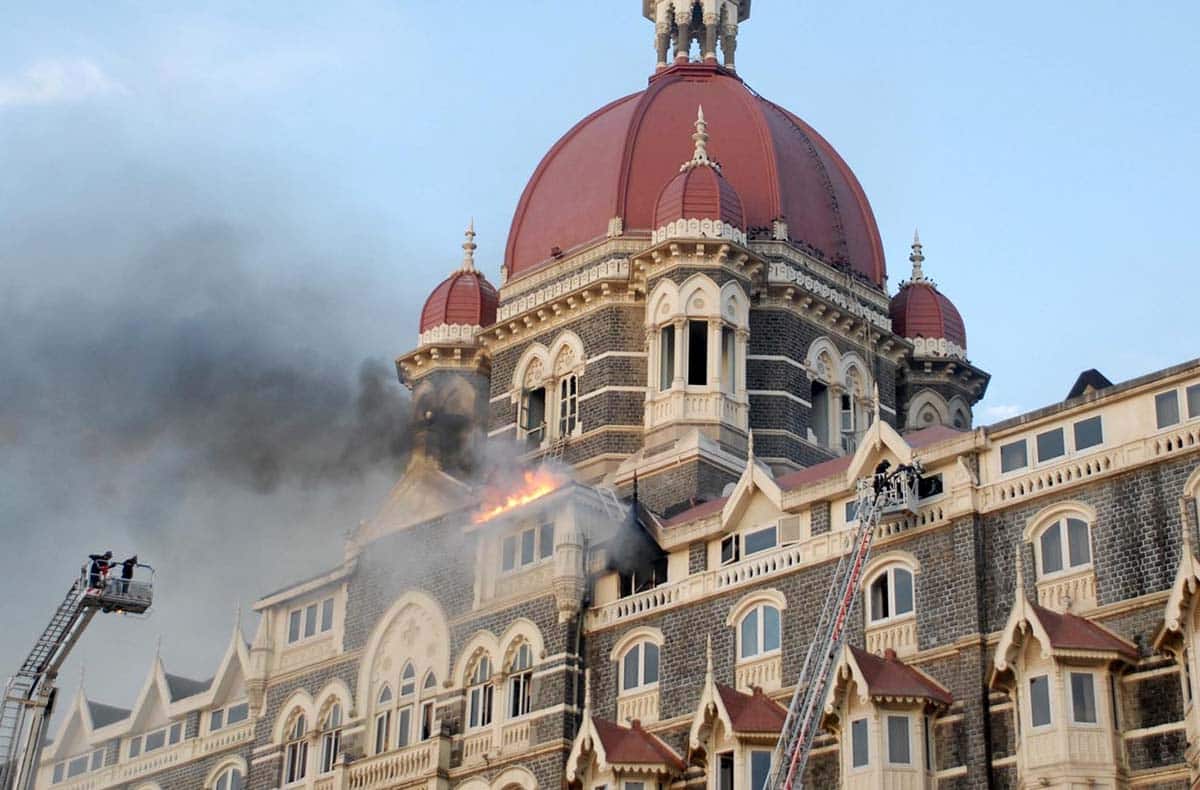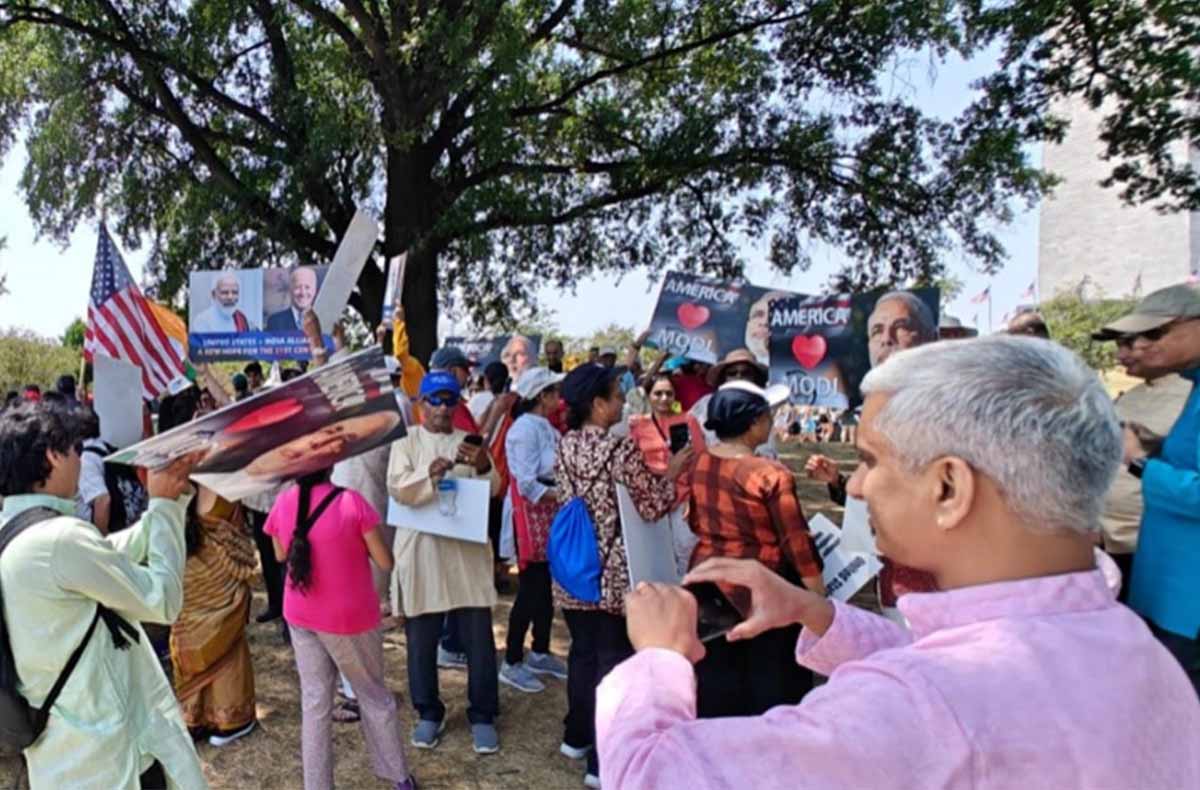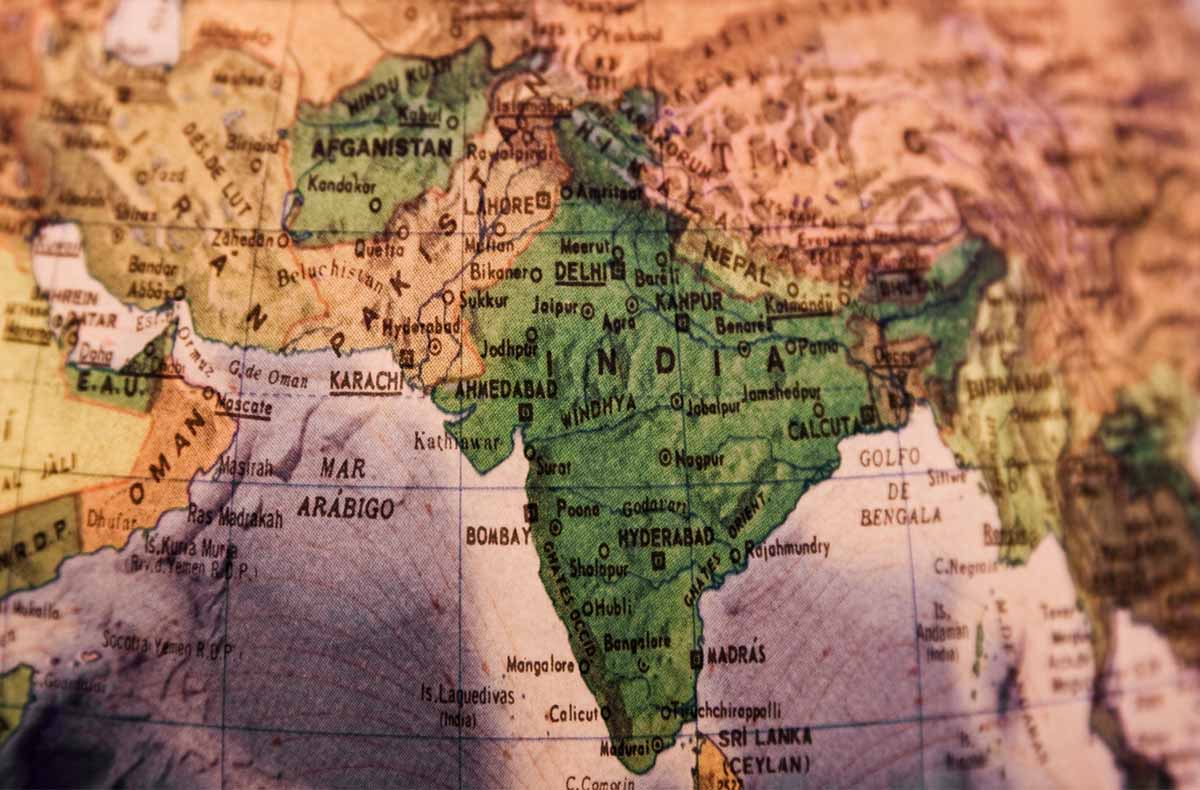
On December 15, 2021, the Gold Institute for International Strategy, a think tank based out of Washington DC, hosted “Mumbai Terror Attacks: Awaiting Justice for 13 years.”
It was the first time in six years that I saw a think tank discuss in detail what was, in hindsight, one of the most defining events affecting the geopolitics of Asia. In this article, we will look at some of the positions that the United States and India took before and after the attacks. We also discuss the positions they did not take, which impacted events and their outcomes in the region.
On November 26, 2008, nine gunmen traveled by boat from Karachi, Pakistan to Mumbai, India’s commercial megapolis. For three days, they unleashed mayhem by attacking multiple locations, killing 164 people and wounding more than 300. Famous tourist spots such as the Taj Mahal Palace Hotel next to the Gateway of India, the Chhatrapati Shivaji Terminus, and the Leopold Cafe were hit. The attacks paralyzed the city, triggered mass panic, and caused Mumbai’s booming stock market to collapse. Overall, it was a “shock and awe” terror attack that went almost flawlessly as far as Pakistan was concerned, with far-reaching implications.
America’s “Bad Boyfriend Complex”
For decades, Islamabad and Washington were Cold War allies. The United States—along with Saudi Arabia and an alliance of Arab States—funded the Mujahideen in Afghanistan against the Soviet Union through Pakistan. These alliances led to close ties between the American and Pakistani establishments, and more importantly, between the American bureaucracy and the Pakistani military apparatchik. Even though these ties had been weakening since September 11, 2001 and Washington has been inching closer to post-Cold War New Delhi, the US has largely suffered from what strategist Adam Lovinger calls, a “bad boyfriend complex’”.
It stems from the fundamental belief that Pakistan is a resilient and unified state that has the potential to deradicalize through urbanization and “Westernization.” Americans also believed that the inherently pan-Islamist population could be “managed” and weaned away from global terror movements, through a “carrot and stick” approach. This groupthink also led to the assessment that a nuclear-armed Pakistan, unlike Iran, poses no threat to the West or Israel, and is purely aimed at strategically countering India.
However, for several years before 2008, the US frustration with Pakistan had been growing. Despite US assurances to a post-Cold War India, Pakistan had not taken adequate measures to satisfy US expectations on countering terror groups focused on India, which placed the US in poor standing with India.
American Posture During Mumbai 2008
In the run-up to the attacks, the US was inadequately equipped to manage multiple crises globally. Looking back during an event at the United States Institute of Peace, Poly Naik, an independent consultant who was involved in the State Department’s management of the crisis, noted that the senior leadership in Washington “could only deal with 2 and 1/2 crises at a time. So, everything else was handled by lower-level regional experts.”
The Pakistani handlers of the Mumbai attackers understood that. They expected a less than smooth transition of power between officials appointed during the Bush administration and those appointed during the Obama administration. That did not happen. Early in 2008, the Department of Defense set up a “crisis management cell” that aimed to coordinate responses between different branches of the US government and their communication with players in India and Pakistan.
But the US miscalculated Pakistan’s willingness to escalate against India. It believed that Pakistan had taken enough action against Lashkar-e-Taiba (LET) to make a tangible difference in containing terror in the short term. Then, as the Mumbai attacks unfolded, the US strategy was primarily to stop India from a counter-military action against Pakistan. Instead of pressurizing Pakistan to hand over the masterminds behind the terrorist attack to India, the Obama administration was very vocal in putting pressure on India to prevent it from counterattacking Pakistan in the aftermath of the attacks.
The Daood Gilani Conundrum
The Obama administration did help India with electronic intelligence during and after the attacks. What was most perplexing, however, was that US national David Coleman Headley (born Daood Sayed Gilani), despite being under observation of the US national security apparatus, was able to play a key role in preparing the attacks. Headley, who is currently serving a 35-year prison sentence in the United States, was a DEA informant since 1988. While he was still carrying the name Daood Syed Gilani, the US allowed him to live and travel freely, despite knowing about his association with Lashkar-e-Taiba (LET) since 1999. On at least five occasions, the US had the opportunity to arrest Gilani based on complaints of his connections to radical Islamists. Not only did they fail to arrest him, but they also allowed him to travel to Pakistan to interact with Jihadist modules.
Indian Miscalculations After Mumbai 2008
Within a year of the Mumbai terror attacks, India resumed direct political dialogue with Pakistan. It delinked the dialogue from the issue of terrorism in the hope that the two countries could have an open conversation. India’s policy was based on the assumption that Pakistan would realize the internal cost of nurturing jihadist groups on its soil, as fissures within the Jihadist groups had begun to backfire on Pakistan, notable being the siege of July 2007. But Pakistan read India’s tactic as a political victory and further escalated its policy of supporting Jihadists in the region with the aim of destabilizing India and Afghanistan. A small but powerful section of the thought leadership in India even felt that incentivizing the Pakistani Army into an economic relationship with India through increased business with Pakistan Army-owned companies would cause them to divest away from Jihadists.
When India Woke Up
It took India eight years after Mumbai 2008 to wake up and de-hyphenate its response to Pakistan from the US posture in the region. The 2016 Surgical Strike was a punitive action by India to punish Pakistan for Uri and Pathankot killings. The Indian Army went 1.5 miles inside Pakistan and destroyed terror camps and supported military logistics. The idea was to dissuade Pakistan from supporting Jihadists in Kashmir. That was followed by the Balakot Airstrikes in February 2019. Subsequently, there has been an overall drop in the infiltration from Pakistan. What used to number in the 1000s in the early 2000s went down significantly by July 2019. Even though it increased after the September 2021 US evacuation from Afghanistan, India continues with its Israeli-style, “mow the grass” tactics. This has allowed India to escalate to the level of a sub-conventional conflict to contain Jihadists whenever needed, without triggering full-scale war. It has also prevented Pakistan from launching any major terror attack within India since the Pulwama attacks in February 2019.
Implications Down the Road for America
There was a lot the US could have done during and after the Mumbai terror attacks that could have strengthened American strategy in Asia, especially in Afghanistan. The inability of multiple US administrations to deliver a decisive message to Pakistan in 2008 led to Pakistan’s continued role as the key host and supporter of terrorism in the world. Despite two decades of US struggle in Afghanistan, Pakistan continued to support, train, and host the Taliban. Eventually they forced the US to make an ignominious exit.
Today, the US is less prepared for the next phase of the global terror wave than it was thirteen years ago. More importantly, the continuing American “bad boyfriend complex” with Pakistan sends a message to India that it must compensate for the American weakness by pursuing an independent geopolitical posture towards not just towards Pakistan, but also towards China. This posture prioritizes a security-based approach towards Pakistan and a diplomacy-based one towards China, both to the detriment of US strategic objectives. In an increasingly multi-polar world, the US would do well to learn from its past mistakes, so we are not condemned to repeat them.



